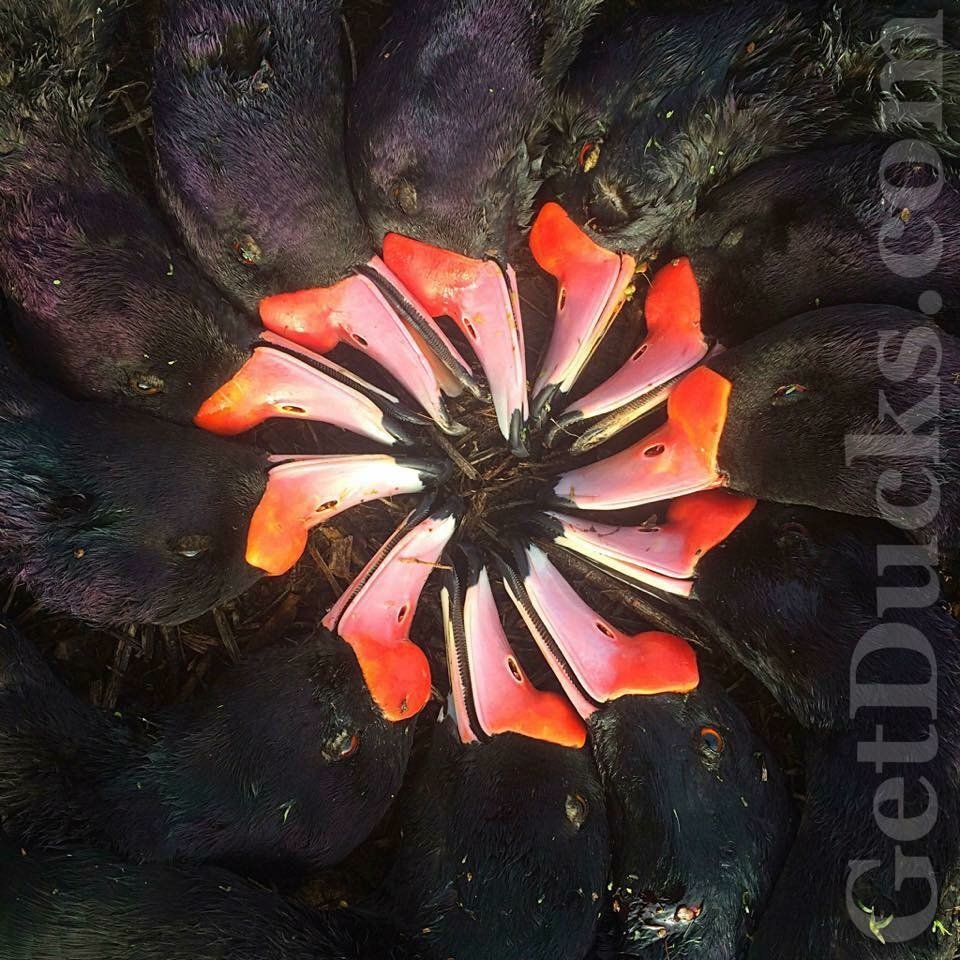Argentina was love at first sight in 2001. I've since nurtured that romance, visiting dozens of times for as long as 2 months while scouting for the next great destination, revisiting dependably excellent lodges we've represented for years. Argentina's duck species are an impressive collection of teals, pintails, wigeon, shoveler and more. First-time clients rightfully want to get their hands on each of the dozen or so species available, and at the right place at the right time that's easily enough accomplished.
But for many, the rosy-billed pochard steals the show. Especially from the old salts that have been to Argentina many times, the most commonly asked question about any particular Argentina duck hunting venue is, "When is the best rosy-bill shooting?" Eventually, the novelty of new, colorful species wears off like the shine on a new nickel. What remains is the pure heartbeat of duck hunting. Rosy-bills are large, fast, agile, abundant, delicious - and above all, they love to decoy. For those reasons, they're often called "the mallards of Argentina."
Ramsey Russell is a certified wildlife biologist. He owns and operates GetDucks.com, a full-time, full-service agency specializing in world-wide trophy duck species and epic wingshooting adventures. Exploring the world's wetlands for the best client duck hunting experiences is a life mission, but hunting in Mississippi with family and friends, he says, is top priority when home. It’s always duck season somewhere.
Ramsey Russell is a certified wildlife biologist. He owns and operates GetDucks.com, a full-time, full-service agency specializing in world-wide trophy duck species and epic wingshooting adventures. Exploring the world's wetlands for the best client duck hunting experiences is a life mission, but hunting in Mississippi with family and friends, he says, is top priority when home. It’s always duck season somewhere.



